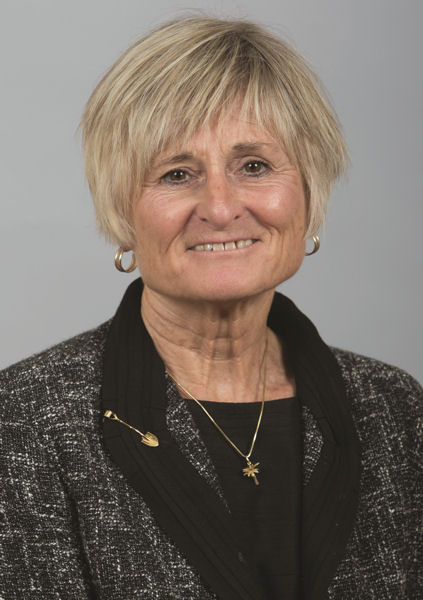Since November, I have had the privilege of attending several conferences in North America, including events in Montreal; Raleigh, N.C.; and Acapulco, Mexico. Two were annual conferences for Water Environment Federation (WEF; Alexandria, Va.) Member Associations — Réseau Environnement (Montreal) and North Carolina Water Environment Association (Raleigh, N.C.) — and the third was an international conference for the water sector, the annual ANEAS (Mexico City) Convention and Exhibition in Mexico.
As you can imagine from the wide-ranging geography of the hosting cities, there were some differences in the conference experience that included not only language, but also size and presentation formats. But strong similarities tied the events together:
- Both Canada and Mexico, in regions with starkly different climates and cultures, share a concern about stormwater management.
- All three conferences were well attended by regulators. In fact, attendees followed the head of the Mexican national water regulatory agency like a rock star.
- Both Raleigh and Mexico City are evaluating water reuse as a resource to supplement water supplies that may not be adequate in the long-term.
- All three conferences shared similar concerns on the effects of climate change on resources and operations, on the lack of funding, and on the need for public understanding of the value of water.
The presence of WEF and WEF’s perceived role, both as a partner and resource to assist with the challenges facing water quality professionals, was another common thread at each event. Ideas for collaboration resulting from discussions spoke to the similarity of all our missions to provide professional education. These ideas included
- publishing the WEF Design of Urban Stormwater Controls Manual of Practice 23 in French;
- continuing to develop WEF content for online learning that can be accessed through Member Associations;
- providing a venue at WEFTEC for Mexican municipalities to share water-quality issues and experiences with counterparts in other countries, particularly the United States;
- taking the best of WEFTEC and presenting the sessions as a mini-conference in other venues; and
- publishing manuals of practice in Spanish for operators.
The other strongly shared mission is advocacy. People need to better understand the value of water and tie its benefits directly to maintaining water resource assets. We also need to communicate the economic benefits of preserving water assets. The Infrastructure Summit and the Water for Jobs campaign coordinated by WEF continue to generate enthusiasm among water professionals.
These experiences across North America say several things about WEF and its resources. They say that WEF is an engine of knowledge creation and sharing among a widely dispersed population. And they say that WEF programs and participation can be a catalyst for new ideas and new perspectives. WEF also provides a platform for global water professionals to network and enriches their experiences through both similarities and differences between people and their locations.
My experiences also conveyed some imperative actions for WEF to pursue. We need to continue investing in our knowledge delivery methods. We need to convene and participate in relevant technical and regional meetings and continue advancing along the technical and innovation curve. If not, WEF risks diminishing its roles as engine, catalyst, and platform, roles that are clearly valuable to North American member and professional associations. This is an important message for those in WEF governance and those responsible for affirming WEF’s strategic direction and approving WEF’s business plans.
Another imperative is the need for open communication and exchanges between Member Associations, members, and WEF to inspire and motivate change, progress, and new collaborations. Maintaining WEF’s leading position in the race for relevance will result from dialogue between the WEF House of Delegates and Board of Trustees, from discussions between trustees and Member Association board members, from working relationships between WEF committees and staff, and through other communication channels. I encourage all of us to take advantage of these opportunities.
It does not matter whether water is called by its English name, or l’eau, or agua, it is the bright ribbon that ties our missions together. As water professionals confront shared challenges, water makes WEF’s service and education roles important across North America.
— Sandra K. Ralston, WEF President 2013–2014









February 25, 2014
Featured